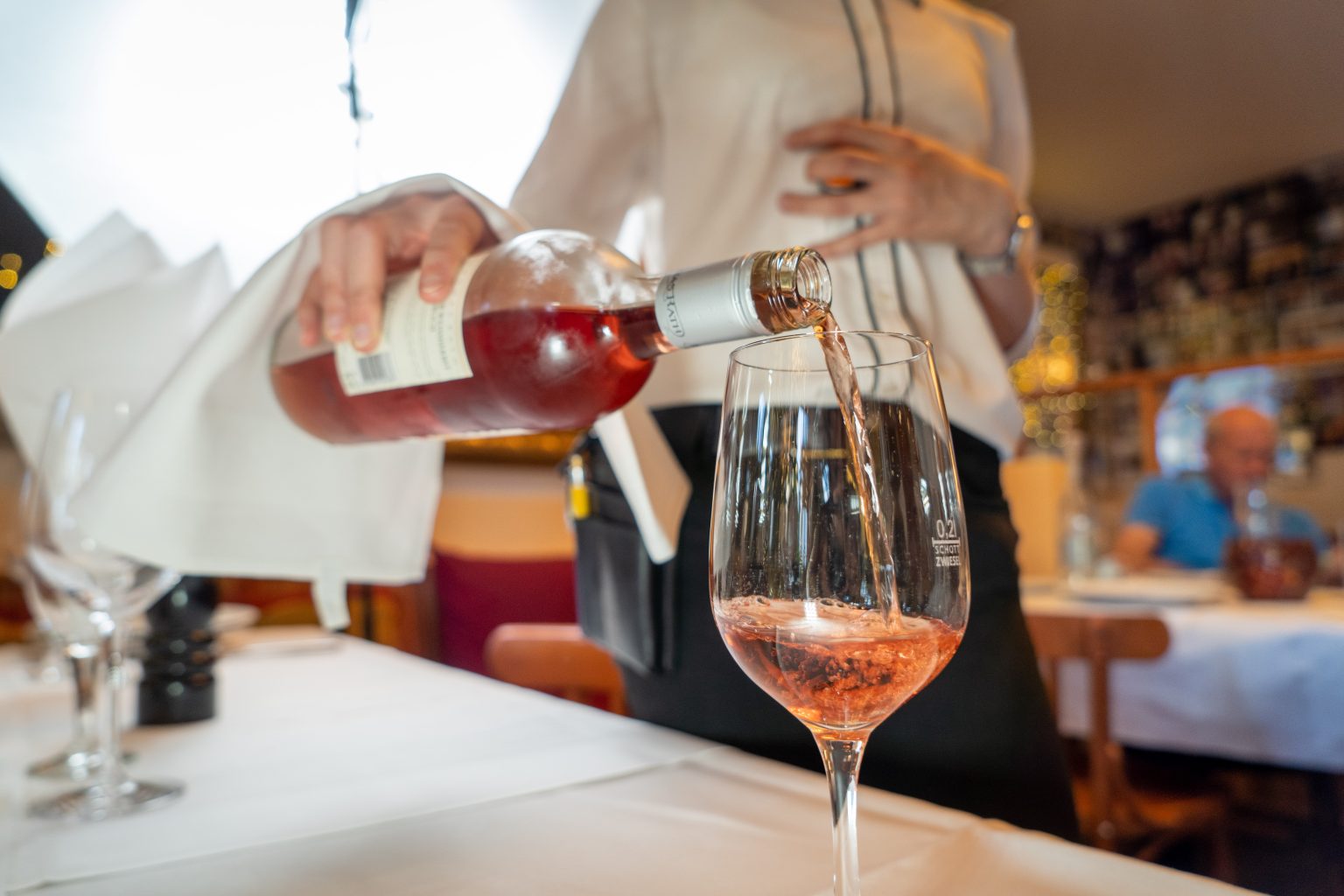By mastering the act of managing staffing levels, your restaurant or cafe can become a well-oiled machine of efficiency and exemplary service – a place that thrills the customers as much as it thrills the bottom line.
For restaurants and cafes, ensuring the appropriate number of employees on the floor or in the kitchen is crucial to ensure smooth operations.
Here’s your complete guide to managing staffing levels so your eatery can become a beacon of success in the tantalising world of food and drink.
Staffing Needs Assessment
It all begins with an analytical look at your staffing needs.
You’ve got to figure out exactly how many bodies you need in different areas, like the kitchen, the bar, the floor, and even behind the scenes in admin and marketing. Considering things like business hours, peak times, and the menu complexity, will give a clearer picture of the staffing needs.
Recruitment Strategies
Once you have the blueprint of staffing needs, it’s time to strategise recruitment.
The ideal staff are not just about filling numbers but about finding the perfect match for each role. The recruitment approach should be value-based to attract employees who resonate with your brand values and are passionate about the industry.
Check out this article for tips and advice on recruiting for a particular event
Training & Development
No matter how experienced your staff members are, a well-structured onboarding program is necessary, as well as continued training and development. This will ensure your employees are well-versed in your specific operational procedures, customer service standards, and menu knowledge.
Regular staff development programs can also ensure continual learning, growth, and improved performance. Don’t neglect team development either, taking time out for team bonding activities will ensure they perform as a team in front of your customers.
Flexible Scheduling
Adopting flexible scheduling is the golden key to managing staffing levels.
Through this approach, your staff can cover for each other during unexpected busy times, holidays, sickness, or critical situations, ensuring operational flow. A staff holiday booking system can be very useful to manage this process effectively.
Strong Staff Communication
Communication is the backbone of any successful team.
Providing a platform for effective staff communication can prevent misunderstandings and ensure seamless workflow. Regular staff meetings, or even a simple WhatsApp group, can foster good communication among your team.
Retain Great Employees
Employee turnover can destabilise staffing levels drastically. Implementing strategies to retain staff, such as providing competitive pay, mentoring, and creating a positive work environment can increase your staff’s job satisfaction.
Additionally, recognition and rewards for good performance can also motivate them to stay longer.
Managing Expectations
It’s important to communicate expectations to your staff – their roles, your service standards, personal growth opportunities, and how they contribute to the overall goals of the restaurant.
Employees who understand their value within the organisation will deliver their best and are more likely to stay committed to their roles.
- Seek Employee Feedback
Your staff knows your establishment better than anyone else, so don’t overlook their input.
- Encourage open feedback and suggestions.
They have insights into operational efficiencies and innovative ideas that you haven’t thought of.
- Monitor Performance and Adjust
Finally, monitor the results.
Use metrics like sales per server, sales per hour or customer feedback to evaluate staffing levels.
The nature of restaurants and cafes is dynamic, meaning you need to adjust strategies as required over time.
Conclusion
Ultimately, managing staffing levels in your restaurant or cafe is not rocket science. It’s about knowing your business inside out, trusting your team, and being ready to adjust when needed.
Keep these guidelines in mind and remember – a happy team makes for a happy restaurant!



